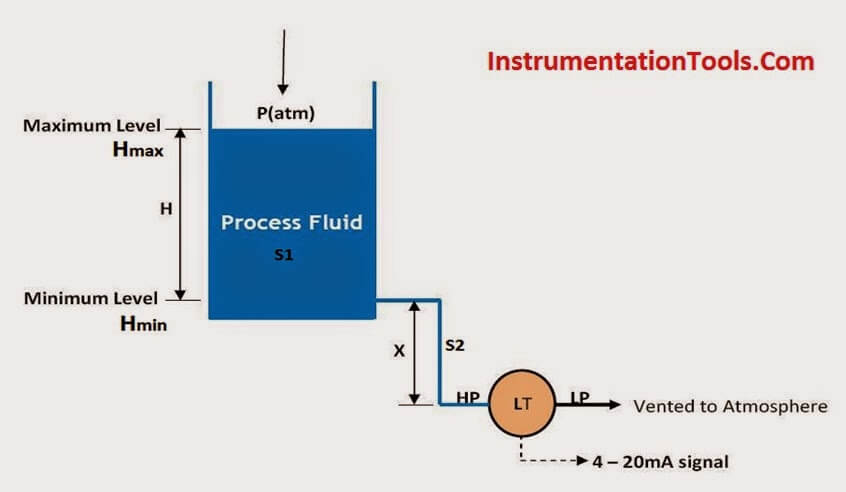 |
The formulas for calculating transmitter URV and LRV are as follows:
HP Side or LRV or Transmitter 0% = Hmin.S1 + X.S2
LP Side or URV or Transmitter 100% = Hmax.S1 + X.S2
Where
S1 = Specific gravity of tank liquid.
S2 = Specific gravity of seal liquid.
Hmin = Equivalent head of water at minimum level.
Hmax = Equivalent head of water at maximum level.
X = Distance between transmitter and tapping point.
NOTE:
1. The Parameters H,X can be entered in any units like mmh20, inh20 but must be same
2. If you are using direct tubing from tapping point to transmitter without filling any additional liquid (Like water) that means you are not using any special seal liquid, so S2=S1, Here Specific gravity of Process liquid only considers for both S1 & S2. Hence S1=S2.
The Following tables specifies the seal liquid constant values:
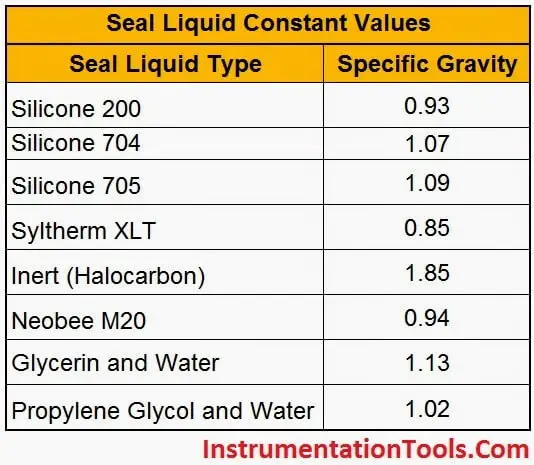
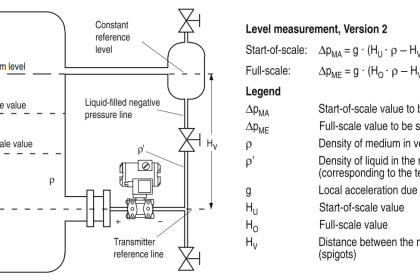
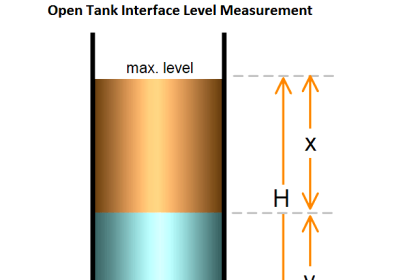
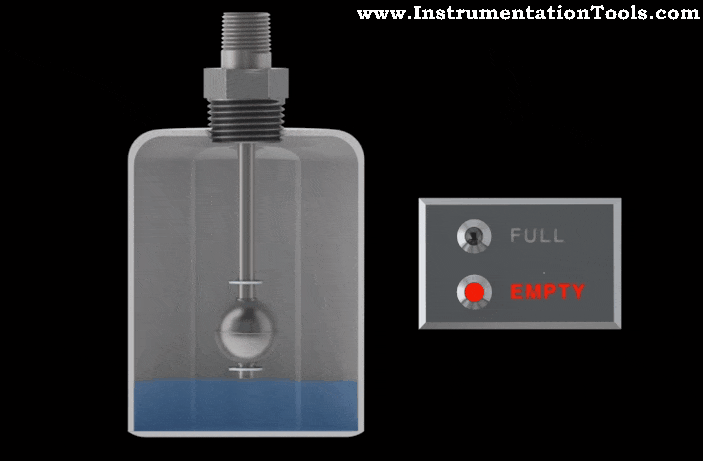
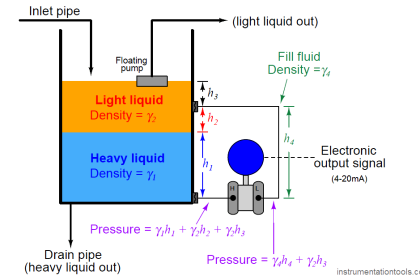

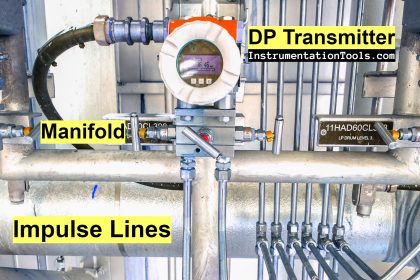
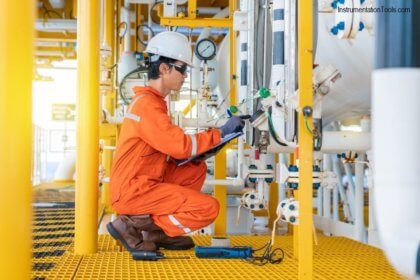
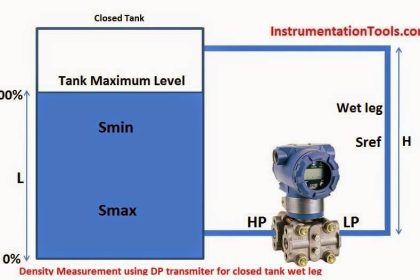
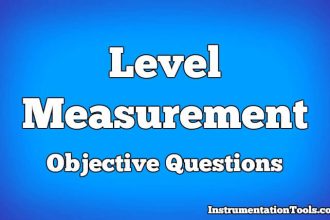
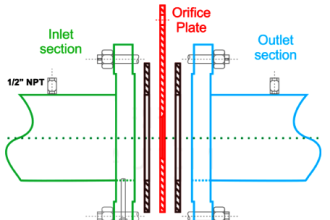
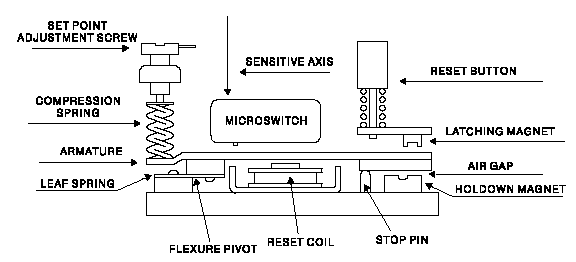
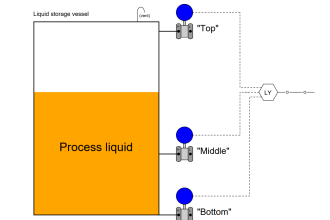
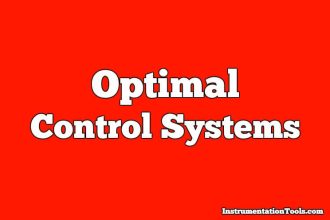
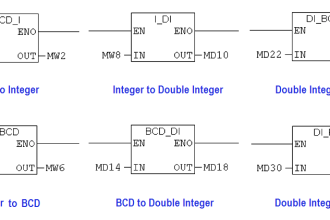
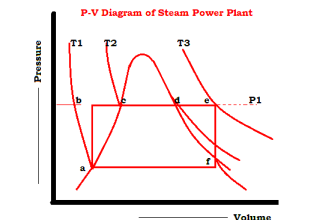


Fast calculation…..Excellent
Superb, what a web site it is! This web site presents useful data to us,
keep it up.
I really like this website It is very useful to us
Thank you all for the supporting comments.
i like it our website…………….raghava reddy
Sory sir..i am confuse..Before i learn about formula p×g×h..
But in ur formula for wet leg and dry leg not use..sory sir..i new technician in instrument..i just want to learn more..tq
Hey! Someone in my Facebook group shared this website with us so I came to look it over. I’m definitely loving the information.
Exceptional blog and terrific style and design.
how to convert mmh2o to m3/hr ?
Hi, mmH2O is a unit for pressure and m3/hr is a unit for flow, I assume your question is related to differential pressure (D/P) type flow measurement where the flow is proportional to the square root of the pressure loss across the D/P flow element (ex : orifice plate).
Check out this article : https://instrumentationtools.com/square-root-characteristics-of-differential-pressure-flow-meters/